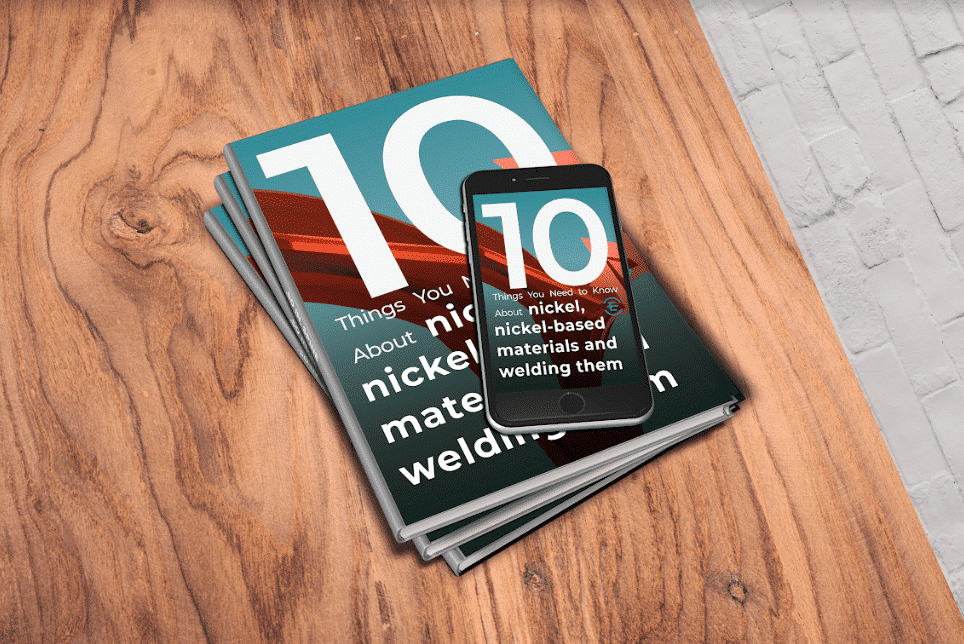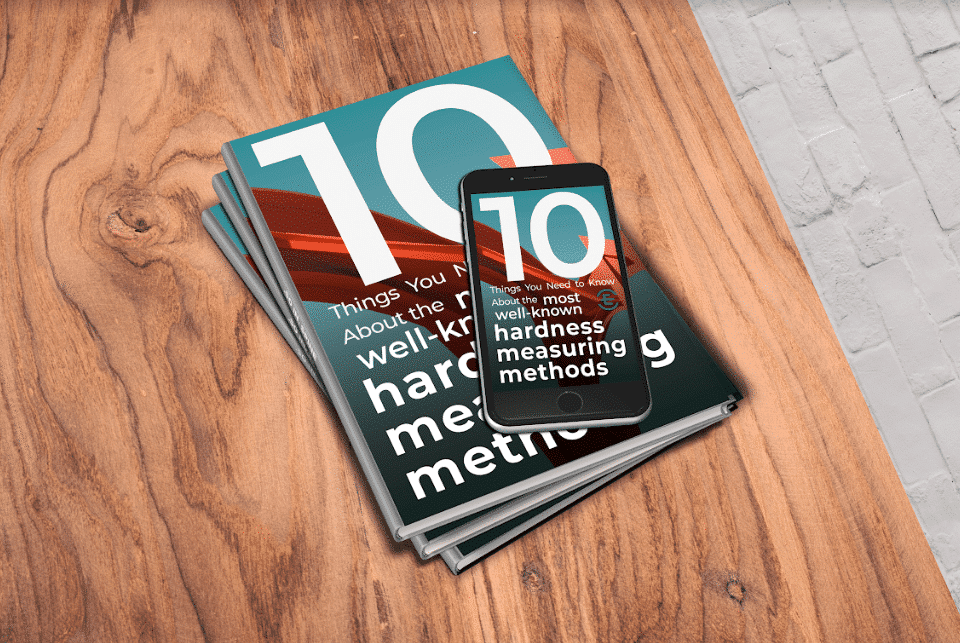Because of the cracking sensitivity of nickel alloys, heat input needs to be limited and interpass temperatures should not exceed 150 oC. In order to decrease dilution, welding straight rows is advised to avoid electrode oscillation.
Until now, we’ve discussed dissimilar metal welds between unalloyed or low-alloyed materials and high-alloyed iron based materials. However in some cases, nickel based materials need to be alloyed with corrosion resistant steel, other nickel alloys or even copper alloys. Table 3 introduces common examples of these material pairings.

Table 3. Filler metals for dissimilar metal welds made of nickel based metal and special alloyed metal
Various strongly alloyed corrosion resistant steels frequently need to be welded together when a structure is being assembled. As a general rule, the filler metal for the more strongly alloyed metal is used to prepare the dissimilar metal weld. In this case, consulting the Schaeffler diagram to confirm that the weld composition doesn’t fall into the martensite area of the diagram is still advised.
In such situations, 309L or 309MoL filler metals are often the right choice. Of course other factors must also be taken into consideration, for example the fact that a completely austenitic weld is prone to hot cracks. This propensity towards cracking decreases slightly if the weld’s manganese content is above 4%. In the case of niobium stabilized corrosion resistant steels, stabilized welding materials or so-called ELC welding materials with less than 0.03% carbon content is advised.
In contemporary fossil fueled power plants, everything from flues to superheaters use multiple kinds of ferrite, bainite, martensite and austenite steels. The welds of these steels work at high temperatures, thus it’s very important to note the qualities of these welds at high temperatures, including hydrogen induced brittleness, aging behavior, oxidation, and creep strength.
Welding power plants boilers is regulated under the PED (European Pressure Equipment Directive), thus only pre-approved filler metals can be used. Welds between two different creep resistant steels, such as 10CrMo9-10, (0.1% C, 2.25% Cr and 1% Mo-content) and X20CrmOv11-1 (0.2% C, 12% Cr and 1% Mo and V- content) could be prepared with the correct highly-alloyed filler metals. However, high industrial temperatures induce carbon enrichment from the diffusion of carbon and chromium atoms on the one side and decarbonization on the other side, which considerably downgrades the weld’s mechanical qualities [1].
Here, nickel based materials can also be used, although the thermal expansion coefficient of austenitic nickel welds differs from that of ferrite steel, which results in excessive tension. It also makes testing the weld for flaws much more difficult.
As a rule in these cases, the filler metal for the lesser alloyed metal is used. If the chrome content between the two welded materials is high, carbon diffusion is inevitable. Carbon enrichment can be decreased by choosing a vanadium or niobium-containing filler metal, and if the post-weld heat treatment is done at the lowest possible temperature in the least possible amount of time.
Post-weld heat treatment parameters always require a compromise. The necessary heat treatment temperature and length of time should be between the prescribed heat treatment temperature and time length requirements of the two materials. If the difference between the prescribed heat treatment temperature and time length requirements of the two materials is too big, then a buttering layer must be welded on to eliminate the problem. Nickel based welding materials are the best for welds made of austenitic and ferritic steels working at high temperatures.
[1] J.Hilkes, V.Gross: Welding of CrMo Steels for Power Generation and Petrochemical Applications, internetes publikáció




